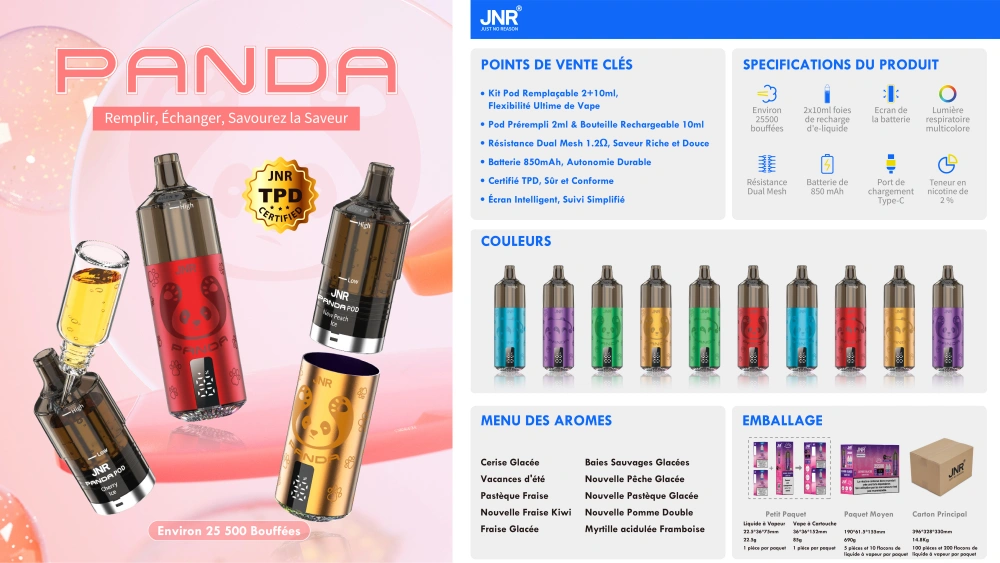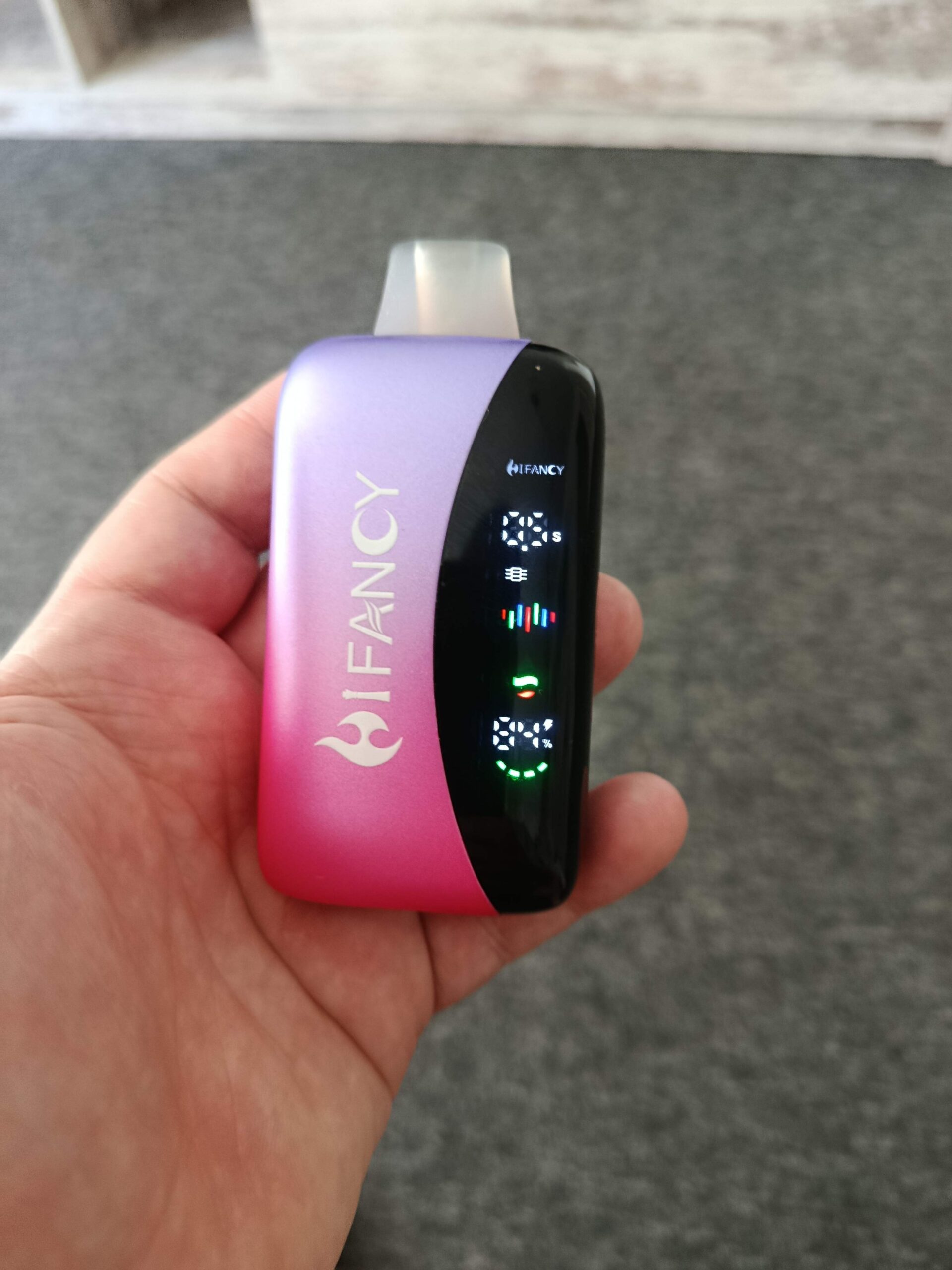The development bottleneck of the e-cigarette industry

Electronic Cigarette Industry Development Bottlenecks: Navigating Regulatory, Technological, and Social Challenges
The electronic cigarette sector, once hailed as a disruptor of traditional tobacco markets, now faces a confluence of obstacles threatening its long-term growth. From shifting regulatory landscapes to public health controversies, stakeholders must address systemic issues to sustain momentum. Below are critical bottlenecks hindering industry progress, spanning legal, technical, and societal domains.
Stringent and Fragmented Regulatory Frameworks
One of the most pressing challenges is the lack of global regulatory harmonization, which creates compliance complexities for multinational operators. In the United States, the FDA’s Pre-Market Tobacco Product Application (PMTA) process has resulted in the removal of thousands of products from shelves, with many small manufacturers unable to meet the stringent safety and efficacy requirements. This regulatory barrier not only stifles innovation but also consolidates market power among larger firms with the resources to navigate bureaucratic hurdles.
Europe’s Tobacco Products Directive (TPD) imposes strict limits on nicotine concentration, tank sizes, and advertising, forcing companies to redesign products for regional compliance. Meanwhile, emerging markets like India and Brazil have enacted outright bans or severe restrictions, citing public health concerns. This patchwork of policies forces manufacturers to adopt costly, region-specific strategies, delaying global scalability. For instance, a device approved in the EU might require significant modifications to meet Asian or African regulatory standards, increasing time-to-market and R&D expenses.
The dynamic nature of regulations exacerbates uncertainty. Governments frequently revise rules in response to evolving scientific data or political pressures, such as sudden flavor bans or tax hikes. Companies must maintain agile legal teams to interpret changes and adjust operations swiftly, diverting resources from core innovation. This instability discourages long-term investments, particularly in markets with volatile policy environments.
Technological Limitations in Safety and Performance
Despite advancements, electronic cigarettes still grapple with inherent technical flaws that undermine consumer trust. Battery safety remains a top concern, with incidents of overheating or explosions linked to poor-quality lithium-ion cells or improper usage. While manufacturers have introduced features like short-circuit protection and temperature control, incidents persist, triggering recalls and reputational damage. Investors and regulators demand higher reliability standards, pushing firms to invest in third-party safety certifications and rigorous testing protocols.
E-liquid consistency also poses challenges. Variations in nicotine concentration or flavoring agents across batches can lead to uneven user experiences, reducing satisfaction and retention. Achieving precise formulation control requires advanced manufacturing processes, such as automated mixing systems and real-time quality monitoring, which smaller players may lack. This inconsistency is particularly problematic in medical-grade products marketed as smoking cessation aids, where dosage accuracy is critical.
Another bottleneck is the trade-off between device complexity and user-friendliness. High-end models with customizable settings appeal to enthusiasts but alienate casual users seeking simplicity. Conversely, basic devices may fail to meet the demands of advanced vapers, limiting market penetration. Balancing innovation with accessibility demands deep consumer insights and iterative design, resources that startups often lack.
Public Health Controversies and Social Stigma
The industry’s association with youth vaping epidemics in several countries has fueled negative perceptions, overshadowing its potential as a harm-reduction tool. Governments and advocacy groups frequently frame electronic cigarettes as a gateway to traditional smoking, despite studies suggesting adult smokers often use them to quit. This narrative has led to aggressive marketing restrictions, such as bans on social media promotions or celebrity endorsements, restricting companies’ ability to engage target audiences.
Misinformation further complicates public understanding. Claims about “popcorn lung” risks or unknown long-term health effects persist, even as scientific consensus leans toward vaping being less harmful than smoking. Rebutting these myths requires significant investment in independent research and transparent communication, which smaller firms may struggle to afford. The lack of standardized health warnings across regions also confuses consumers, with some markets mandating graphic imagery akin to cigarette packs while others impose minimal labeling.
Social stigma extends to workplace and public space policies. Many employers and municipalities prohibit vaping indoors, treating it similarly to smoking despite differences in secondhand exposure risks. This marginalization discourages use among adults who might otherwise switch from cigarettes, limiting the industry’s addressable market. Overcoming this bias demands sustained advocacy efforts to reposition vaping as a legitimate harm-reduction strategy.
Supply Chain Vulnerabilities and Cost Pressures
Global supply chain disruptions, exacerbated by geopolitical tensions and pandemics, have exposed the industry’s reliance on specialized components. Shortages of critical materials like nickel (used in batteries) or food-grade flavorings have delayed production timelines and increased costs. Diversifying suppliers or investing in vertical integration—such as acquiring in-house battery manufacturing—requires substantial capital, which many mid-sized firms lack.
Sustainability concerns also strain supply chains. The disposal of single-use pods and batteries has drawn criticism from environmental groups, prompting calls for stricter recycling mandates. Companies face pressure to adopt circular economy models, such as take-back programs or biodegradable materials, but these initiatives often raise operational costs. Balancing ecological responsibility with affordability is a delicate challenge, particularly in price-sensitive markets.
Trade barriers compound these issues. Tariffs on imported components or finished products, such as those imposed during U.S.-China trade wars, squeeze profit margins and force price hikes. Manufacturers must navigate complex customs regulations and logistics networks, adding layers of complexity to international expansion.
Slutsats
The electronic cigarette industry’s growth trajectory is hindered by interconnected bottlenecks that demand holistic solutions. Regulatory fragmentation requires coordinated advocacy for global standards, while technological flaws necessitate collaboration between manufacturers and safety experts. Public health misconceptions call for evidence-based communication strategies, and supply chain resilience depends on diversification and sustainability investments. Addressing these challenges will determine whether the sector evolves into a mainstream harm-reduction tool or remains mired in controversy and inefficiency.











